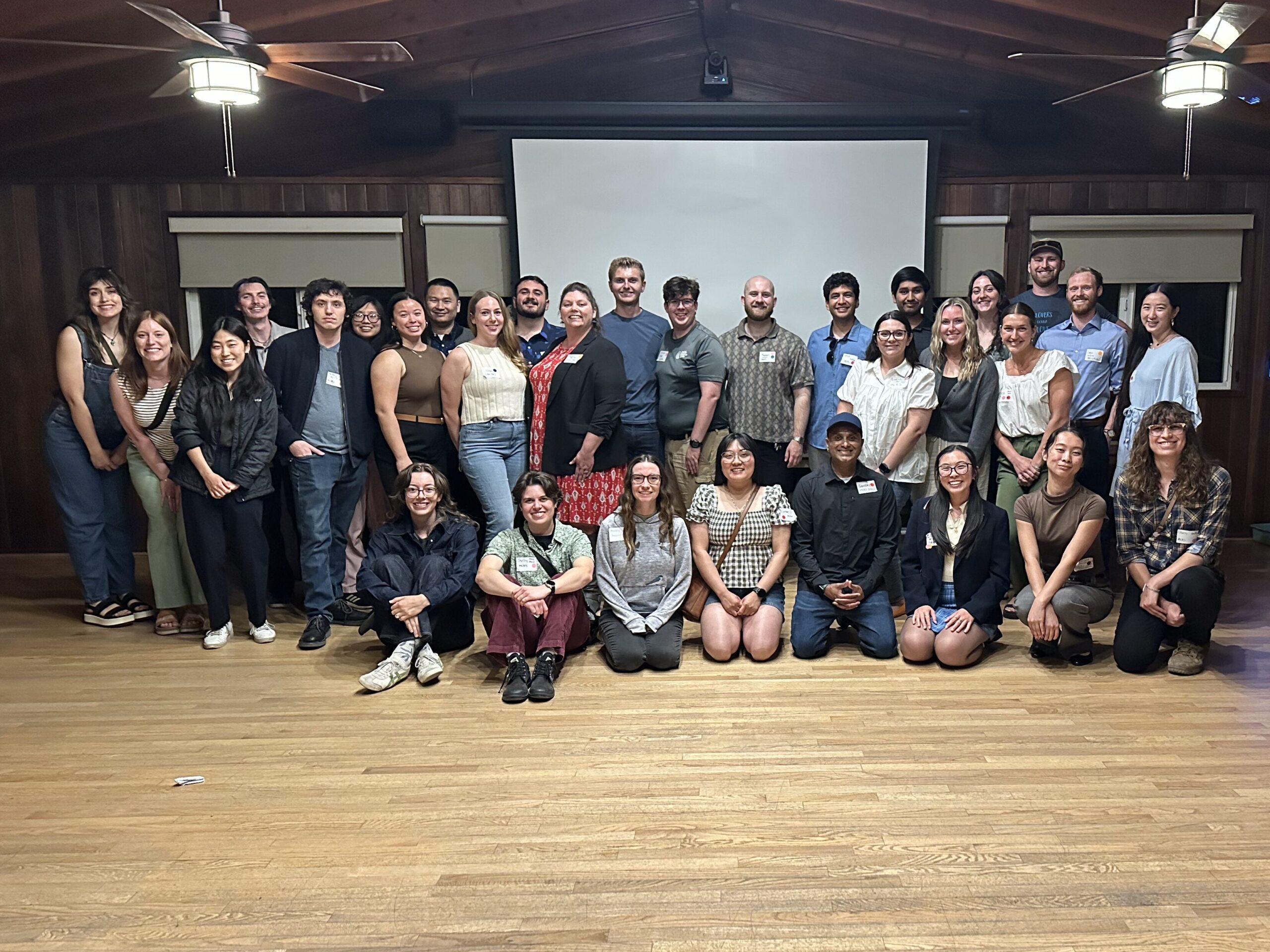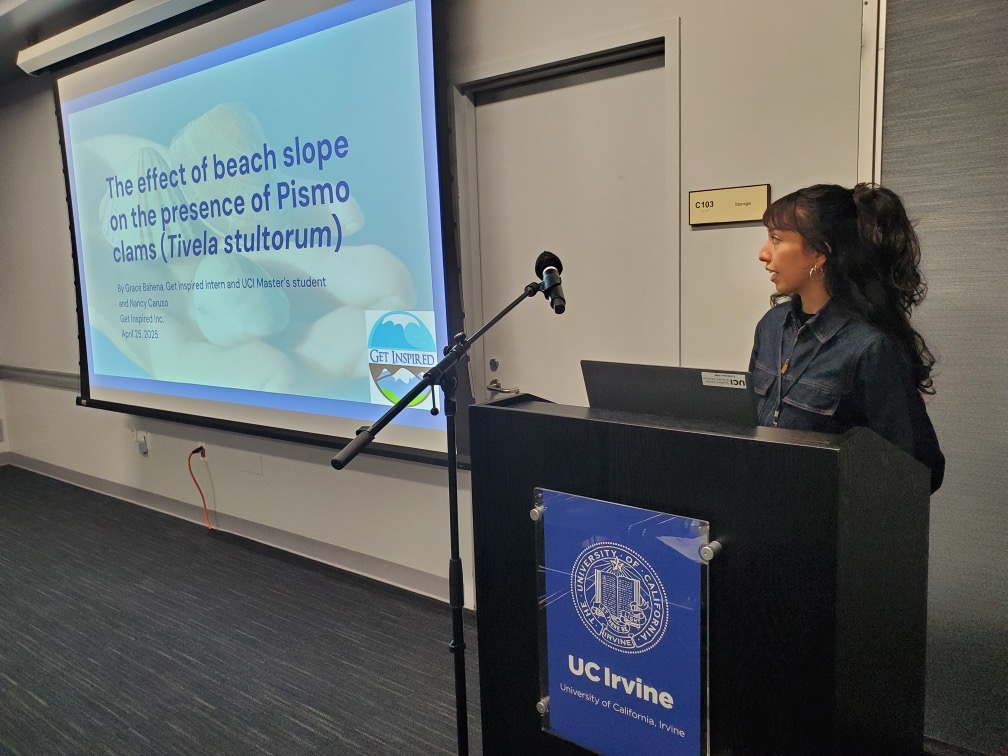Student Blog: Yvonne Valencia
A second year MCRS student, Yvonne Valencia achieved undergraduate degree and played collegiate soccer at Southern Oregon University in Ashland, Oregon. She joined the Southern Oregon Animal Rehabilitation Center as an undergraduate intern over the summer before her senior year, which allowed her to help injured and ill animals return to their ecosystems, shaping her passion for wildlife conservation.
Introduction
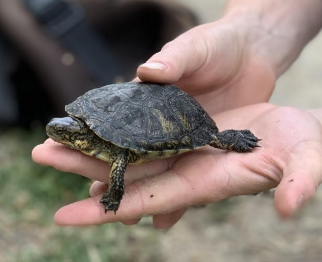
I have always been fond of folktales, especially the three little pigs, a story of the challenges, defeats, and ultimate triumph of the little guy against the big, bad wolf. This tale describes how each of the three pigs builds a home out of straws, sticks, and bricks. When the big bad wolf arrives and attempts to blow down each of the homes, only the third pig’s house of bricks withstands the breath of the wolf. The moral of this story is that shortcuts rarely work. It takes hard work and dedication to make a structure that will stand. This lesson conveys a lot about the conservation efforts for the Southwestern Pond Turtle (SWPT), a species whose population is in decline throughout 75-80% of its range (Stebbins 2003). In this case, I think of the three little pigs as the Southwestern Pond Turtles, the homes as the habitat conditions of these species, and the big bad wolf as the threats they face, including habitat loss and the invasive species that negatively impact the turtle populations over time.
The Wolf and the Straw House: Habitat Loss
The first threat the turtles face is habitat loss. An estimated 91% of all wetland habitats in California have been lost (Dahl et al., 1997). This loss has led to noticeable declines in wildlife populations and biological diversity (e.g., limited gene pool) in southern California (Nerhus 2016). Urbanization—a wolf—is leading to poor habitat suitability and the resulting decline of nesting sites—the collapsing straw house. This loss of nesting sites is having a catastrophic effect on the southwestern pond turtle. Turtles require upland habitats during mating and nesting seasons and aquatic habitats for feeding. Several combinations of factors (e.g., the distance between wetlands, physiological state of individuals, and predation risk) may force the female turtles to make long and risky journeys for nesting. Habitat degradation (i.e., urbanization) leads to habitat fragmentation (i.e., small habitat patches without connectivity), which leads to poor habitat suitability for the turtle. This is especially concerning when we consider the possible impact of climate change on drought and its effect on the landscape. For the SWP Turtle, as a species of special concern, these impacts will be especially challenging.
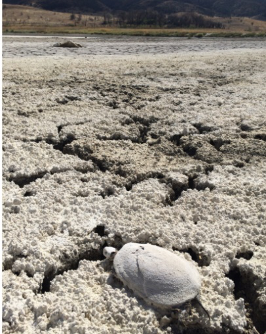
The Wolf and the Stick House: Invasive Species
The second threat turtles face is the introduction and expansion of invasive species, which threaten the stability of pond turtle populations through predation pressure and competition (Brehme et al. 2018). Nest predation, primarily by the red-eared slider, increases population fragmentation (Temple 1987). The red-eared slider is an invasive species introduced into the wild by escaping or being released by their owners. These invasives are slightly larger than the native Southwestern Pond Turtle, so they outcompete turtles by over dominating basking and nesting sites. Invasive species—a wolf—cause predation pressure and competition, leading to a decreased turtle population—the stick house.
The Brick House
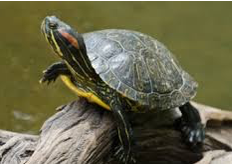
Ecologists consider the native pond turtles an indicator species because of their role as herbivores. As an indicator species, they can help us monitor and understand habitat conditions for other native semi-aquatic reptiles. Understanding habitat use and population demographics is critical for wildlife management because it allows us to make conservation decisions in a timely manner (Nerhus 2016). The primary goals of our project are to 1) identify the priority conservation areas suitable for the SWPT populations in southern California and 2) create a status report on the current southwestern pond turtle populations. First, we need to know more about the potentially suitable habitats for these species are in Orange County. Our status report will identify preferred site conditions, historic range, and population status, which can be used to inform future restoration priorities. Second, only a small number of populations are known, and we assume that many of the more isolated populations are unknown (Nerhus 2016). Urban southern California makes it difficult to comprehend the necessary course of action (e.g., defining conservation strategies), since each isolated population may require different conservation approaches (Riensche et al. 2019). Identifying suitable conservation areas and current populations can potentially improve the status of the SWPT. I hope that one day these species can withstand these problematic factors and continue to exist in this world we call home.
The End of the Story?
Long-term monitoring of the Southwestern Pond Turtle population is an essential first step in developing methods and techniques for turtle conservation. And the story of the Southwestern Pond Turtles represents a small chapter in the bigger story of worldwide decline and disappearance of native reptile populations. We need to identify the right set of materials to build a brick house for the Southwestern Pond Turtles before the big bad wolf arrives. The moral of this story is that, with hard work and dedication, one day, we will accomplish it.
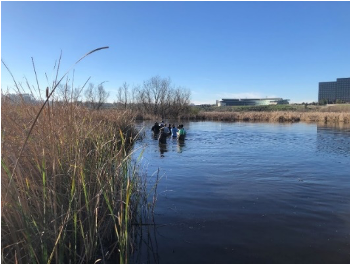
References
Brehme, C. S., Hathaway, S. A., & Fisher, R. N. (2018). An objective road risk assessment method for multiple species: ranking 166 reptiles and amphibians in California. Landscape Ecology, 33(6), 911-935.
Dahl, T. E., & Allord, G. J. (1997). Technical aspects of wetlands. History of wetlands in the conterminous United States. United States Geological Survey Water Supply Paper, 2425.
Lovich, J. E., Quillman, M., Zitt, B., Schroeder, A., Green, D. E., Yackulic, C., … & Goode, E. (2017). The effects of drought and fire in the extirpation of an abundant semi-aquatic turtle from a lacustrine environment in the southwestern USA. Knowledge & Management of Aquatic Ecosystems, (418), 18.
Nerhus Jr, B. S. (2016). The movements, habitat use, and population assessment of western pond turtles (Actinemys marmorata) in a Southern California seasonal wetland. California State University, Long Beach.
Nyhof, P. E. (2013). Basking Western Pond Turtle Response to Trail Use in Mountain View, California.
Riensche, D. L., Riensche, S. K., & Riensche, R. E. (2019). Habitat use, movement patterns, and nest site selection by western pond turtles (Actinemys marmorata) in a managed central California rangeland pond. Northwestern Naturalist, 100(2), 90-101.
Stebbins, R.C. (2003). A Field Guide to Western Reptiles and Amphibians. 3rd ed. Boston, Massachusetts: Houghton Mifflin Company. Temple, S. A. (1987). Do predators always capture substandard individuals disproportionately from prey populations? Ecology, 68(3), 669-674.



